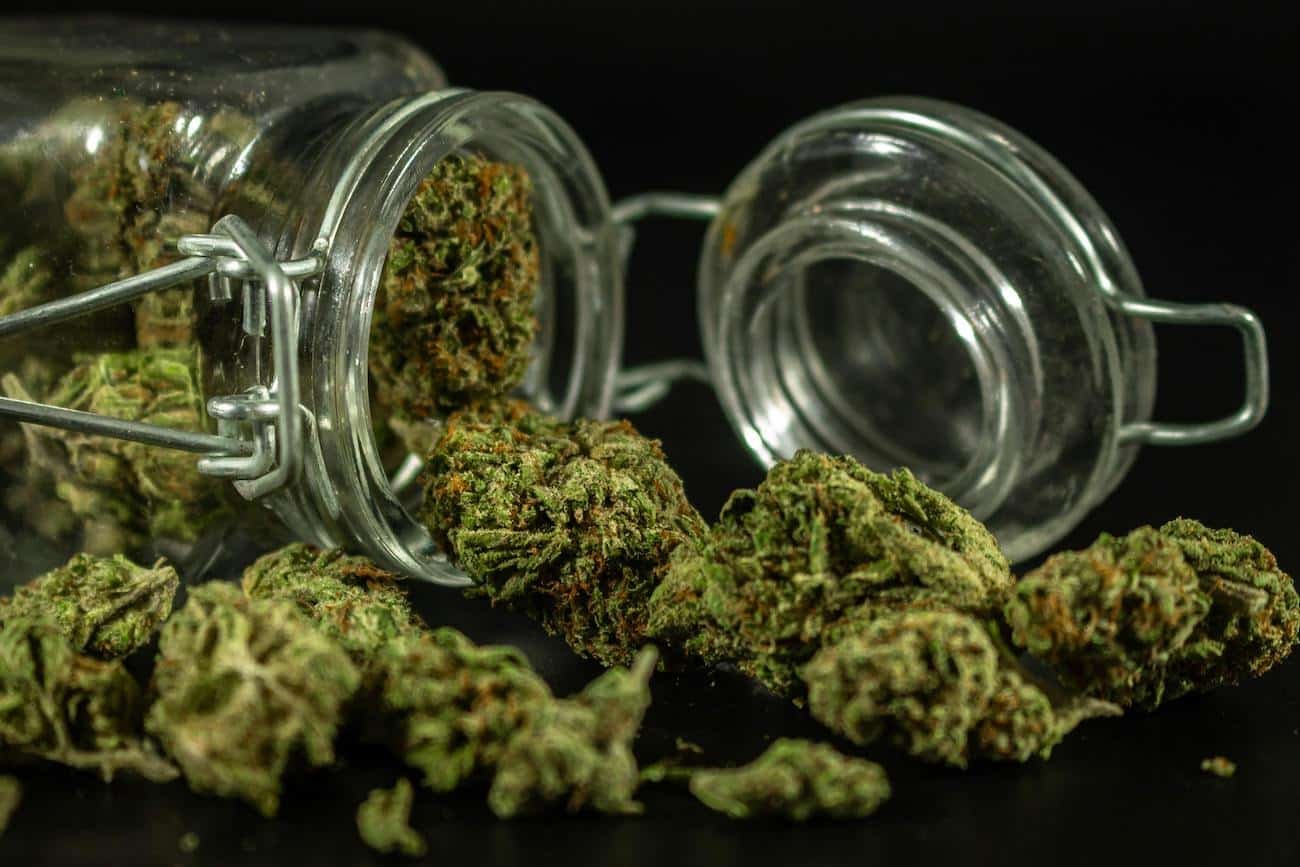Terry Torgerson’s recent editorial cartoon, commissioned by Redheaded Blackbelt, highlights the challenges faced by small cannabis farmers in Humboldt County. The cartoon illustrates the mounting pressure these growers encounter from government regulations and corporate influences.
As cannabis legalization expands across the United States, local farmers are increasingly feeling the squeeze from taxation and regulatory frameworks designed more for larger operations than for smaller entities. In California, where cannabis was legalized for recreational use in 2016, local growers have reported significant difficulties in remaining competitive. High taxes and stringent regulations have forced many small farmers out of business, raising concerns about the future of small-scale cannabis cultivation.
According to state data, the cannabis industry in California generated approximately $1.6 billion in tax revenue in 2021. However, much of this revenue has come at the expense of small farmers, who struggle to comply with expensive licensing processes and high fees. These costs can exceed $15,000 for a single cultivation license, a barrier that many small growers simply cannot overcome.
The cartoon provokes critical questions about the distribution of benefits from cannabis taxation and regulation. While the state collects substantial revenues, it remains unclear how much of this revenue supports the local communities that initially nurtured the cannabis culture in California. Many small farmers feel abandoned as they watch larger corporations dominate the market, often with the financial backing to absorb the costs that drive smaller competitors out.
In recent years, the legal cannabis market has shifted dramatically. A report from the California Department of Cannabis Control shows that the number of licensed cannabis cultivation sites has decreased by nearly 20% from 2020 to 2022, indicating a troubling trend for small producers. Many industry experts warn that if current policies do not change, the market may soon become dominated entirely by large corporations, effectively sidelining the very farmers who contributed to the growth of the industry.
Torgerson’s cartoon serves as a visual commentary that calls for reflection on the policies affecting Humboldt’s small cannabis farmers. As the industry continues to evolve, it raises the urgent question: are these regulations truly supporting the cannabis community, or are they facilitating the consolidation of power among larger entities?
The conversation surrounding cannabis taxation and regulation is essential, as it shapes the future landscape of the industry. Stakeholders must consider how to create a more equitable system that allows small farmers to thrive and continue contributing to the rich heritage of cannabis cultivation.




